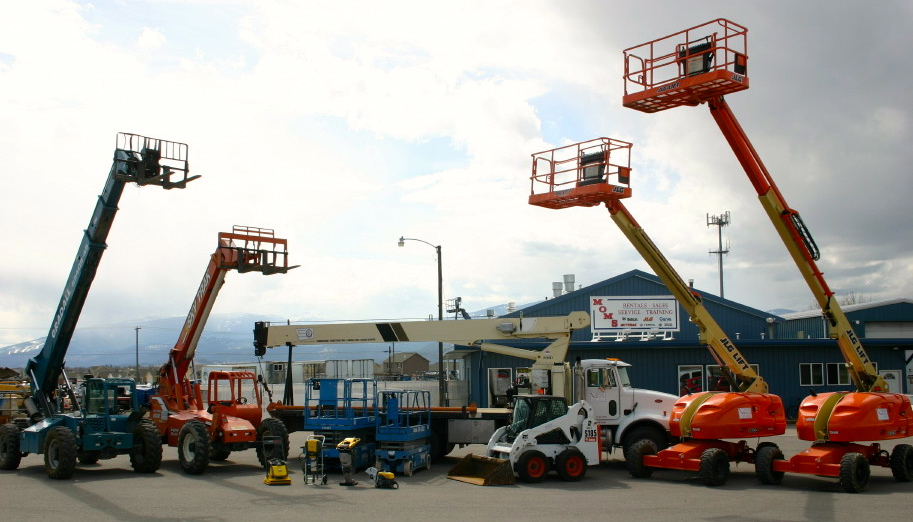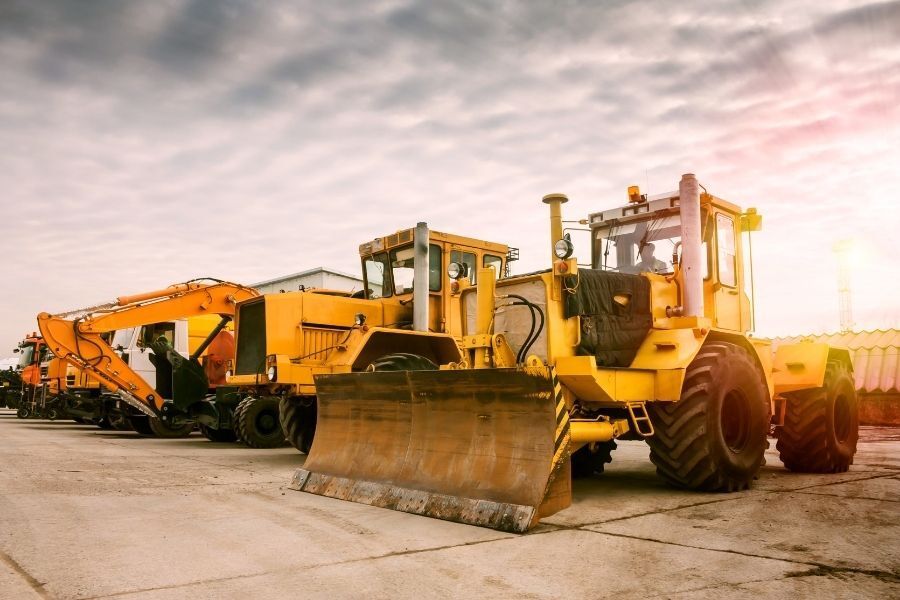Forklift Rental: Heavy Lifting Equipment for Warehousing and More
Forklift Rental: Heavy Lifting Equipment for Warehousing and More
Blog Article
Maximize Your Budget by Understanding the Prices Connected With Building Devices Rentals
Comprehending the full scope of costs connected with construction tools services is crucial for optimizing your spending plan. What techniques can be utilized to effectively handle these prices and ensure an extra efficient rental experience?
Summary of Rental Prices
When thinking about construction tools leasings, recognizing the connected costs is extremely important for efficient budgeting and project preparation. Rental costs can differ dramatically based on several elements, including devices type, period of rental, and location. The preliminary rental fee typically reflects the devices's market demand and its linked functional abilities, influencing the overall cost.
Along with the base rental price, ancillary prices may emerge, such as transportation charges, gas surcharges, and upkeep charges. It is necessary to make up these added expenses to properly evaluate the total cost of renting tools. The rental period can influence pricing; longer rentals may certify for affordable prices, while short-term rentals may sustain greater day-to-day costs.

Breakdown of Rental Prices
A detailed understanding of rental rates is necessary for specialists and job supervisors aiming to optimize their spending plans. Rental prices for construction equipment usually are composed of a number of elements, including base rates, time-based charges, and use costs.
Base prices are the core fees associated with the rental of the tools, usually established by the kind and size of the machinery. These prices can differ considerably, influenced by factors such as tools need, availability, and local market fads. Time-based fees, which may be daily, weekly, or monthly, serve to accommodate various task timelines and rental durations.
In addition, rental prices may consist of use charges, which apply when tools is utilized past a defined threshold, guaranteeing that the rental firm can represent deterioration. Seasonal demand fluctuations can likewise influence rental rates, with peak building and construction periods commonly commanding greater rates.
Furthermore, recognizing the rental firm's policies pertaining to upkeep and insurance can supply further understanding right into the total expense framework. By examining these components, professionals can make enlightened decisions, making sure the choice of rental equipment lines up with both task needs and spending plan constraints.
Additional Costs to Consider
Comprehending the intricacies of additional charges is vital for contractors to manage their overall leasing expenses effectively. Past the common rental rates, numerous additional costs can significantly impact the total expense of equipment rental. These fees often include shipment and pickup costs, which can vary based upon range and logistics involved in transferring the devices to and from the work site.
In addition, some rental companies may enforce gas additional charges if the tools is returned with less gas than when rented. It is also vital to recognize possible cleaning charges, specifically for specialized equipment that needs thorough upkeep after usage.

Completely examining the rental agreement and making clear these extra charges ahead of time can assist specialists avoid unanticipated costs and guarantee that budgets stay intact throughout the project lifecycle.
Maintenance and Repair Expenses
Regular upkeep and fixing expenses are typically forgotten variables that can significantly affect the total price of building and construction devices leasings. When renting out devices, it is important to think about not just the rental fees yet also the potential blog here costs connected with maintaining the equipment in ideal operating condition.
Many rental firms consist of basic maintenance as component of the rental arrangement; nevertheless, a lot more unanticipated breakdowns or substantial repair work can bring about added expenses. It's necessary to review the rental agreement thoroughly to recognize what maintenance services are covered and what responsibilities fall on the renter.
Furthermore, equipment that is not properly maintained can lead to inefficiencies on duty site, possibly causing hold-ups and increasing project costs. To reduce these risks, it is a good idea to perform regular assessments and maintain open interaction with the rental supplier pertaining to any kind of problems that emerge during usage.
Insurance Coverage and Obligation Expenses
Insurance coverage and liability costs are critical components that can significantly impact the general expense of construction devices services (boom lift rental). These costs ensure that both the rental business and the customer are secured from potential economic losses arising from crashes, damage, or theft during the rental duration

Additionally, customers must recognize any type of deductibles or exclusions in the insurance plan, as these can affect possible out-of-pocket expenses. Recognizing the terms great site and conditions of any insurance coverage is important to avoid unanticipated costs. Inevitably, budgeting for insurance coverage and obligation expenditures can aid guarantee a smoother rental experience and shield versus financial risks associated with construction jobs.
Final Thought
In conclusion, a detailed understanding of the prices associated with building and construction devices leasings is essential for efficient budget monitoring. Eventually, notified decision-making concerning equipment services adds to the total success of building and construction undertakings.
Rental prices can vary substantially based on numerous aspects, including devices kind, period of leasing, and area (equipment rental company). The rental period can affect rates; longer services might qualify for affordable prices, while short-term leasings could sustain greater day-to-day fees
By carrying out comprehensive research and engaging with trustworthy rental companies, specialists can successfully browse the complexities of rental prices, ultimately optimizing their monetary sources.
Past the basic rental prices, different additional fees can significantly impact the complete expense of tools service. Rental business frequently give obligation insurance that covers injuries to third parties or damages to residential property, while devices damages insurance coverage can cover the cost of fixings or substitute if the leased tools is damaged.
Report this page